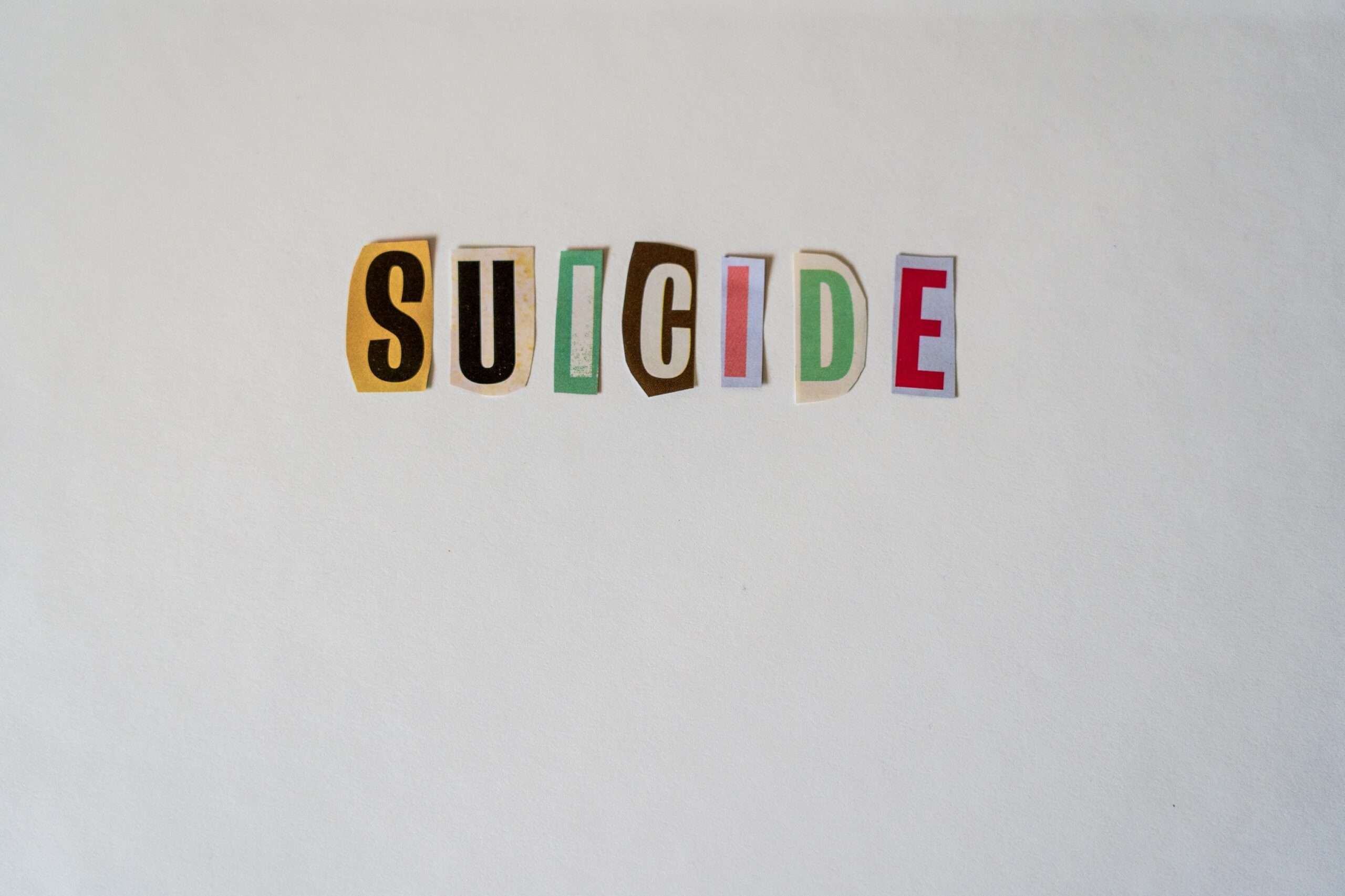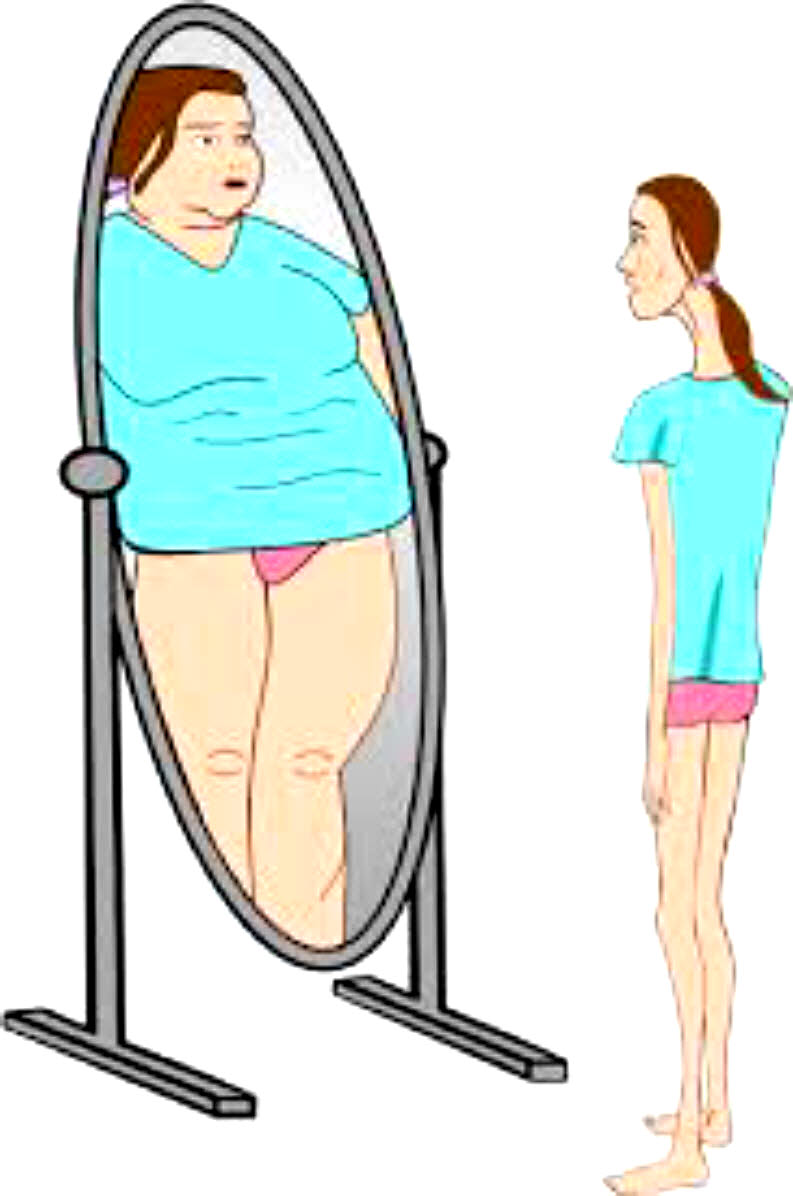Studies reveal that #suicide is one of the second leading causes of death during the second and third decades of life. The same can partially be prevented by limiting accessibility to #suicide means

Le Suicidé, by Édouard Manet (1832-83); Buhrle Collection, Zurich, Switzerland. Wikimedia Commons
#Suicide is a common phenomenon all over the world. According to the #WorldHealthOrganisation (#WHO), every 40 seconds there is someone in the world who ends his or her life. The majority of the #suicides are related to psychiatric problems or #mentalillness. Various types of #mentalillness include inter alia #anxiety disorders, psychotic disorders, mood disorders, substance use disorders, personality disorders, and eating disorders. The other related reasons may be emotional issues, weak religious beliefs, family issues, disability, etc.
#Anxietydisorders are a part of #mentaldisorders characterised by significant feelings of #anxiety and fear which may result in problems of serious concern in their areas of life, such as social interactions, #school, and work. While psychotic disorders are severe disorders that cause abnormal thinking and perceptions that mainly affect the mind; mood disorders primarily affect a person’s emotional state, characterised by severe changes of a person’s mood (example, #depression, #bipolar).
Substance use disorder (SUD), also known as a drug use disorder, is the continuous use of drugs (including #alcohol) despite substantial harm and adverse consequences.
Personality disorder, on the other hand, is a way of thinking, feeling and behaving that deviates from the expectations of the culture, causing distress or problems functioning, and lasts over time.
An eating disorder is a #mentaldisorder defined by abnormal eating habits that negatively affect a person’s physical or #mentalhealth.
According to various studies, 20 million #women and 10 million #men in #America have an eating disorder at some point in their lives.
#JamesDonaldson notes:
Welcome to the “next chapter” of my life… being a voice and an advocate for #mentalhealthawarenessandsuicideprevention, especially pertaining to our younger generation of students and student-athletes.
Getting men to speak up and reach out for help and assistance is one of my passions. Us men need to not suffer in silence or drown our sorrows in alcohol, hang out at bars and strip joints, or get involved with drug use.
Having gone through a recent bout of #depression and #suicidalthoughts myself, I realize now, that I can make a huge difference in the lives of so many by sharing my story, and by sharing various resources I come across as I work in this space. #http://bit.ly/JamesMentalHealthArticle
Crude #suicide rates across world regions
Globally, the #suicide rates are decreasing, from 12.9 per 100,000 people in the year 2000 to 10.6 per 100,000 people in 2016. It is decreasing in all the regions except #Americas where it has increased from 8.3 in 2000 to 9.3 per 100,000 people in 2016.
The rates are generally high in the Europe region where it has reduced from 21.8 in 2000 to 15.4 in 2016. Eastern Mediterranean is the region where the suicide rates are generally low compared to other regions. It needs to be explored whether the same is due to under-reporting in this region.
India is included in the Southeast Asia region where the rate has reduced from 14.3 in 2000 to 13.2 in 2016. The figure below represents changes in the crude #suicide rates (per 100,000 people) in WHO region from 2000 to 2016.
Figure: Crude suicide rates (per 100,000 population) in WHO region
Source: WHO
Crude suicide rates across countries
The crude suicide rates are the highest in Lithuania to the tune of 31.9 per 100,000 people. India is in the 21st position among the WHO member countries with the highest number of #suicide rates in 2016. The other highest number of #suicide rates is in the Russian Federation, which has the second highest number, followed by Guyana, Republic of Korea, Belarus, Suriname, etc, as shown in the figure below which represents the countries having high crude #suicide rates per 100,000 people in 2016.
The developed countries with worst #suicide rates are in #France, #Switzerland and #Japan. In #Lithuania, #suicide rates are widely prevalent among the #ruralcommunities, and the weather there is extremely cold as also rainy all over the year. The #alcohol consumption among the people is also high in this region. This country has separated from the Russian Federation and people here had suffered during the oppression which was due to this separation. The #alcohol consumption indirectly leads to the deterioration in the living conditions of the people and thus the whole families in this region are affected due to this issue leading to extreme poverty in this region ultimately leading to increase in the number of #suicides.
Figure: Crude #suicide rates (per 100,000 population) in the year 2016
Source: WHO
Crude #suicide rates in #India
The changes in the #suicide rates in #India for the last few years, especially from 2000 to 2016, lead one to interesting conclusions. As per the global trend, in India also, the crude #suicide rates have decreased from 17.4 per 100,000 people in 2000 to 16.3 per 100,000 in 2016.
The sex distribution of the same reveals that it is higher for #male compared to #female. It is 17.8 in 2016 compared to 18.6 in 2000 for #males and 14.7 in 2016 compared to 16 in 2000 for #females.
This trend is also similar to the global trend. The figure below represents the changes in the #suicide rates in #India for the last few years especially from year 2000 to 2016, showing an irregular declining trend. As #suicide is also a complex phenomenon, many of the same may not be fully reported, which may further increase the above figures.
Figure: Crude #suicide rates (per 100,000 population) in #India sex-wise
Source: WHO
The figure below represents the crude #suicide rates (per 100,000 people) in #India (10 year age groups) in the year 2016. In the age distribution, the #suicide rates are high for the age 20-29 years (30.3 per 100,000 people) and 80+ years (24.5 per 100,000 people). The #suicide rates are lowest for the age 10-19 years. As the age exceeds above 20-29 years, the #suicide rates also decreases.
Figure: Crude #suicide rates (per 100,000 population) WHO region for the year 2016 (10 year age groups)
Source: WHO
After 60-69 years, the crude #suicide rates also increase. This is understood to be the general trend across the world. The reason may be the fact that 20-29 years is the crucial period which determines the life of a person and if a person is unsuccessful during this period, he may resort to #alcohol and #drug intake resulting in death of that person. Also, 70-79, 80+ years are the time in which a person is unable to do any work and may suffer from #depression and it may further worsen if his #children are not there to look after him.
Prevention and remedies
#Suicide is one of the major healthcare problems and thus should be given much importance. Studies reveal that #suicide is one of the second leading causes of death during the second and third decades of life. The same can partially be prevented by limiting accessibility to #suicide means.
The World #SuicidePrevention theme of this year is “Creating hope through action”. The suggested measures for #suicideprevention include reducing the treatment gap for #mentaldisorders, increasing the availability of #mentalhealth personnel, reducing the discriminatory attitude of health workers, promoting #mentalhealth infrastructure which involves mental hospitals, #mentalhealth units in general hospitals, #mentalhealth outpatient facilities, #mentalhealth day treatment facilities and community residential facilities. More counselling facilities especially in the rural areas, tele-medicine, internet and telephone-based helpline numbers, developing #mentalhealth apps are other aspects which may be considered.
A roadmap for #mentalhealthawareness may need to be created, encompassing conventional media, government programmes, educational system, industry, internet, #socialmedia and cell phones, and crowd-sourcing.
The writer serves as Deputy Secretary, Ministry of Finance. The views expressed are personal.
A collection of #Suicidepreventionhelpline numbers are available here. Please reach out if you or anyone you know is in need of support. The All-India helpline number is: 022-27546669
Read all the Latest News, Trending News, Cricket News, Bollywood News,
India News and Entertainment News here. Follow us on #Facebook, #Twitter and #Instagram.




